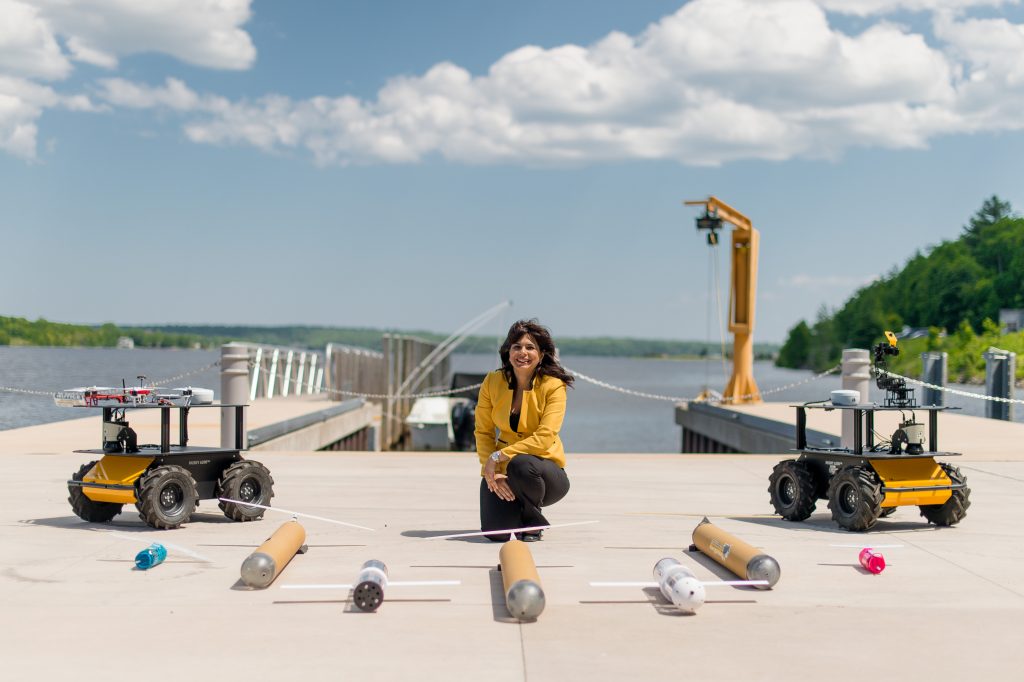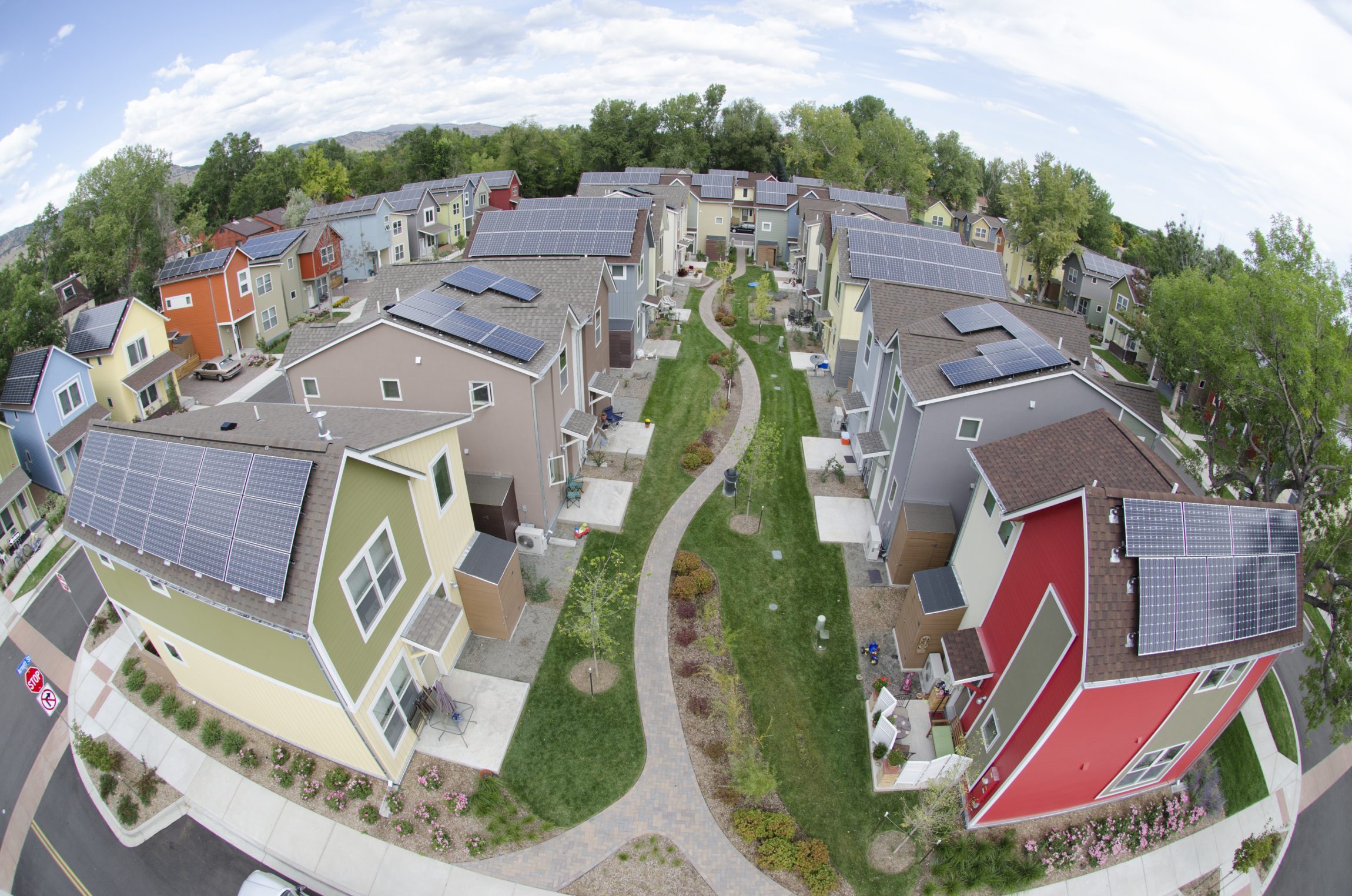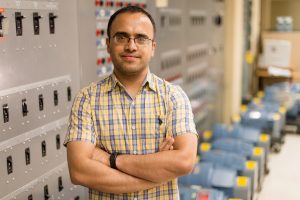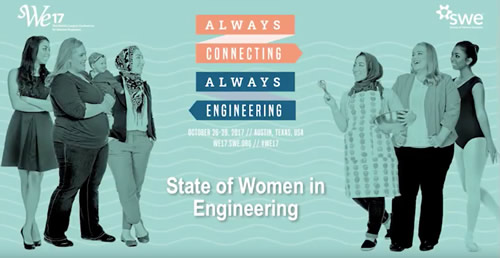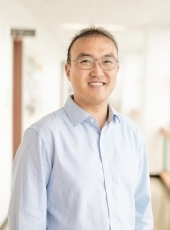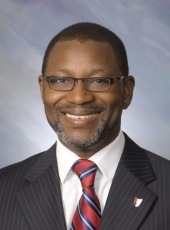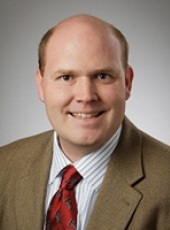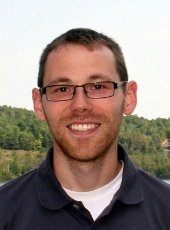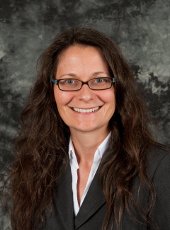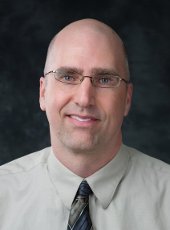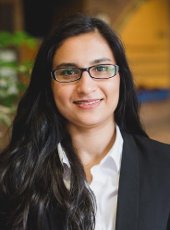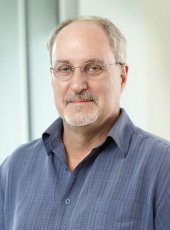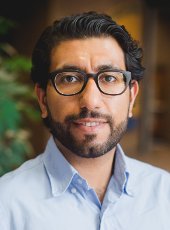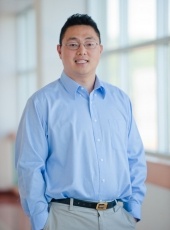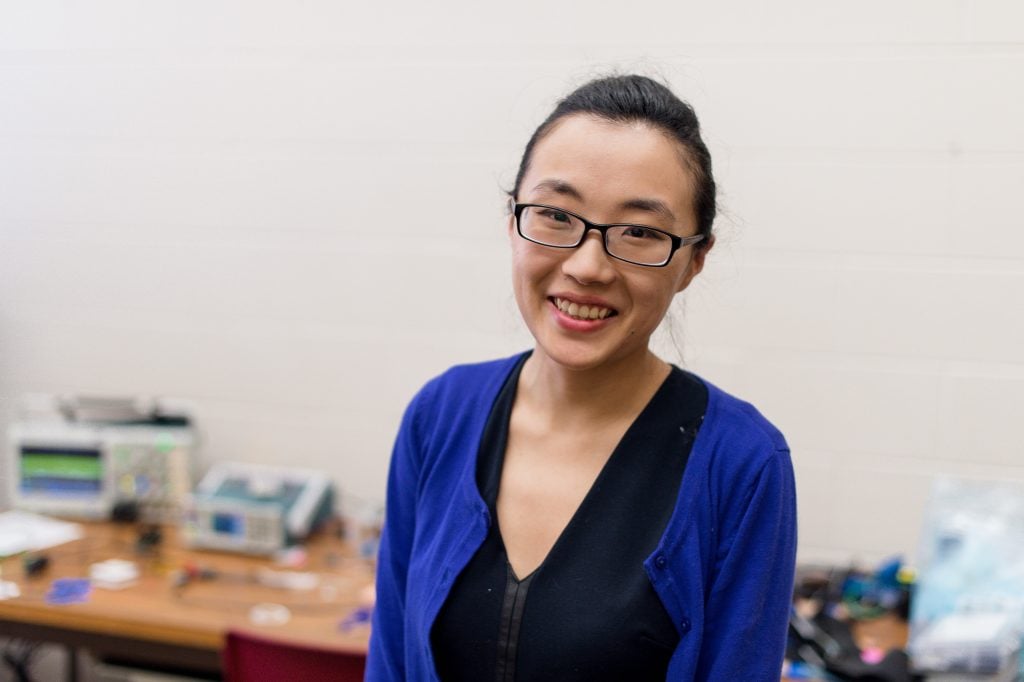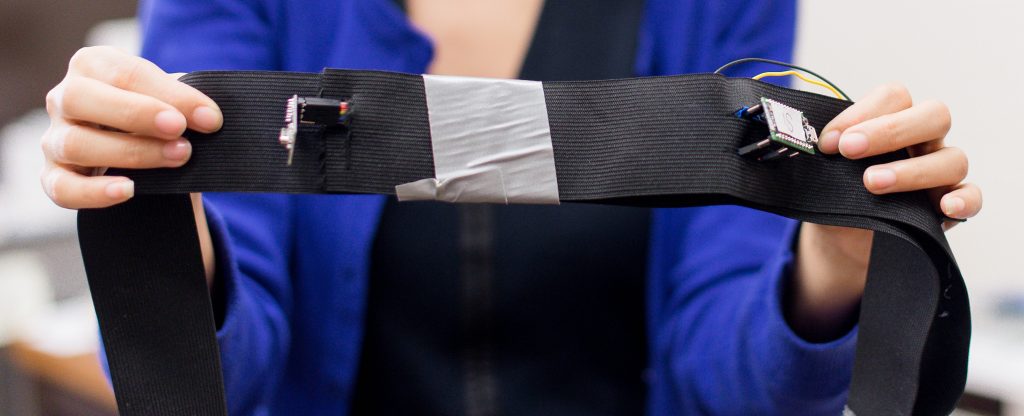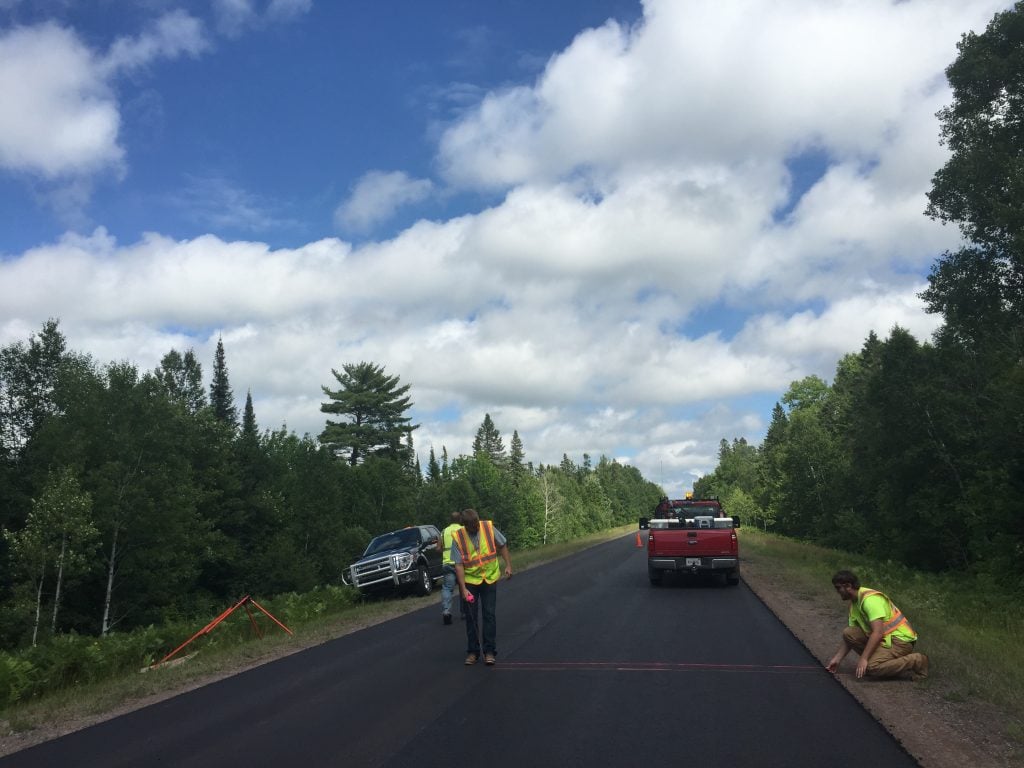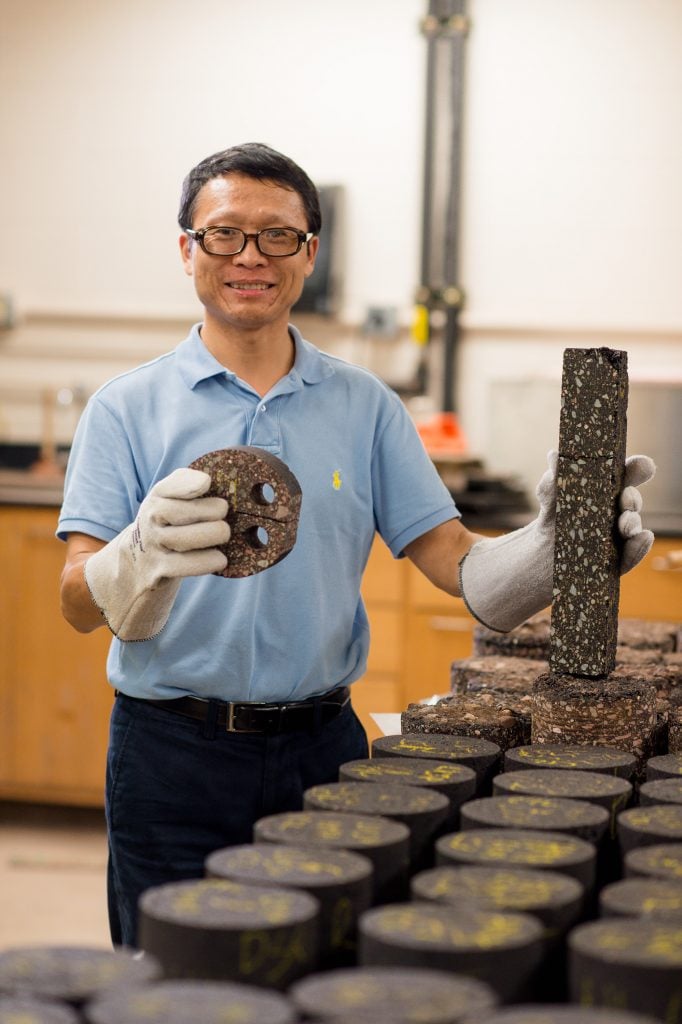Giulia Panegrossi, Jean-François Rysman, Daniele Casella, Anna Cinzia Marra, Paolo Sanò, and Mark S. Kulie published “CloudSat-based assessment of GPM Microwave Imager snowfall observation capabilities” in Remote Sensing on December 6, 2017.
doi:10.3390/rs9121263
The article describes a NASA Global Precipitation Measurement Microwave Imager (GMI) snowfall sensitivity study using CloudSat satellite radar data as evaluation dataset. The study illustrates complex high frequency microwave sensor signatures to snowfall events under different atmospheric conditions and microphysical composition. It defines environmental and snow-producing cloud composition thresholds where the 166 GHz GMI channel is sensitive to surface snowfall, thus providing useful guidance to improve GMI snowfall detection and estimation capabilities.
Figure 2. Snowfall event on 30 April 2014.
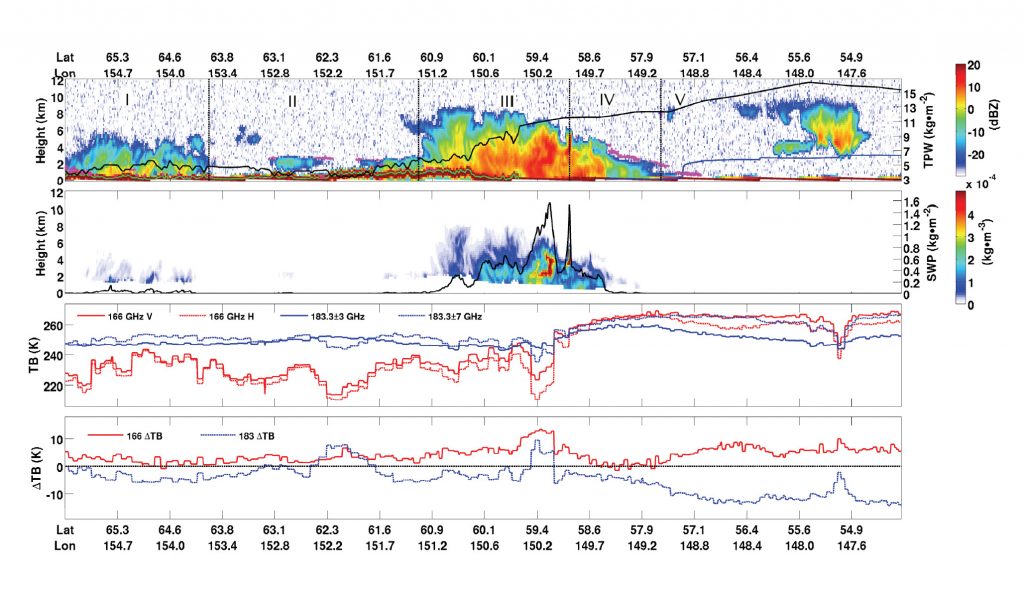
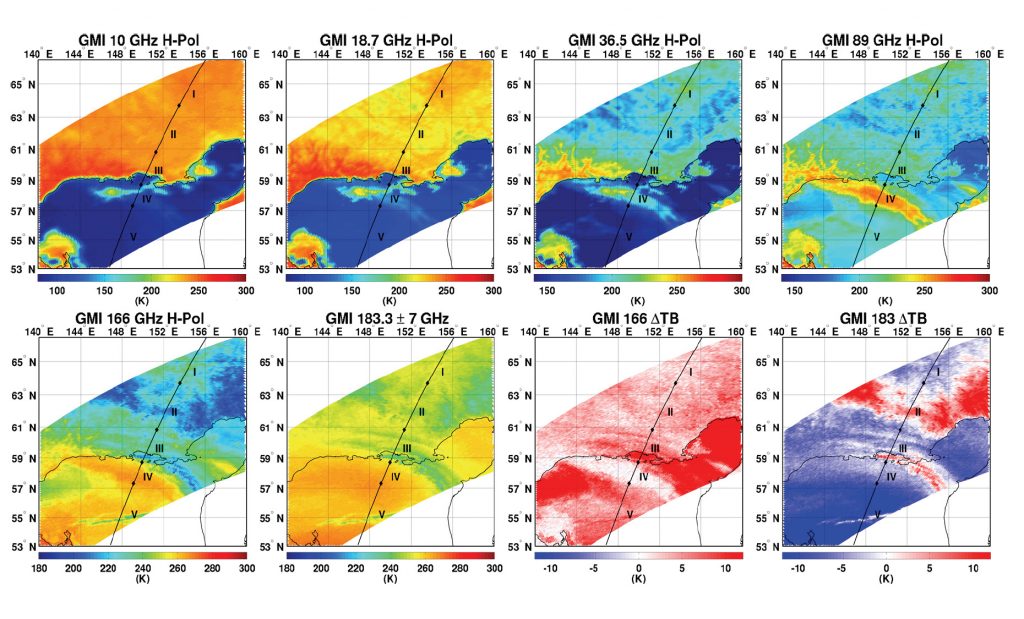

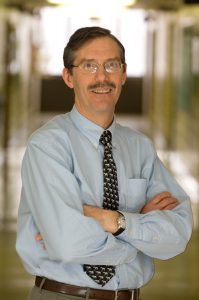
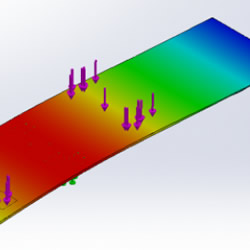 The Fifth Annual Rekhi Innovation Challenge kicked off on Friday Nov. 10, 2017. Three Enterprise teams are competing for funding this year: Blue Marble Security, BoardSport Technologies and Velovations. The Rekhi Challenge is a crowdfunding competition to help promote and support student innovation and entrepreneurship through Michigan Tech’s crowdfunding site, Superior Ideas. The team that raises the most money will receive a monetary match of up to $5,000.
The Fifth Annual Rekhi Innovation Challenge kicked off on Friday Nov. 10, 2017. Three Enterprise teams are competing for funding this year: Blue Marble Security, BoardSport Technologies and Velovations. The Rekhi Challenge is a crowdfunding competition to help promote and support student innovation and entrepreneurship through Michigan Tech’s crowdfunding site, Superior Ideas. The team that raises the most money will receive a monetary match of up to $5,000.